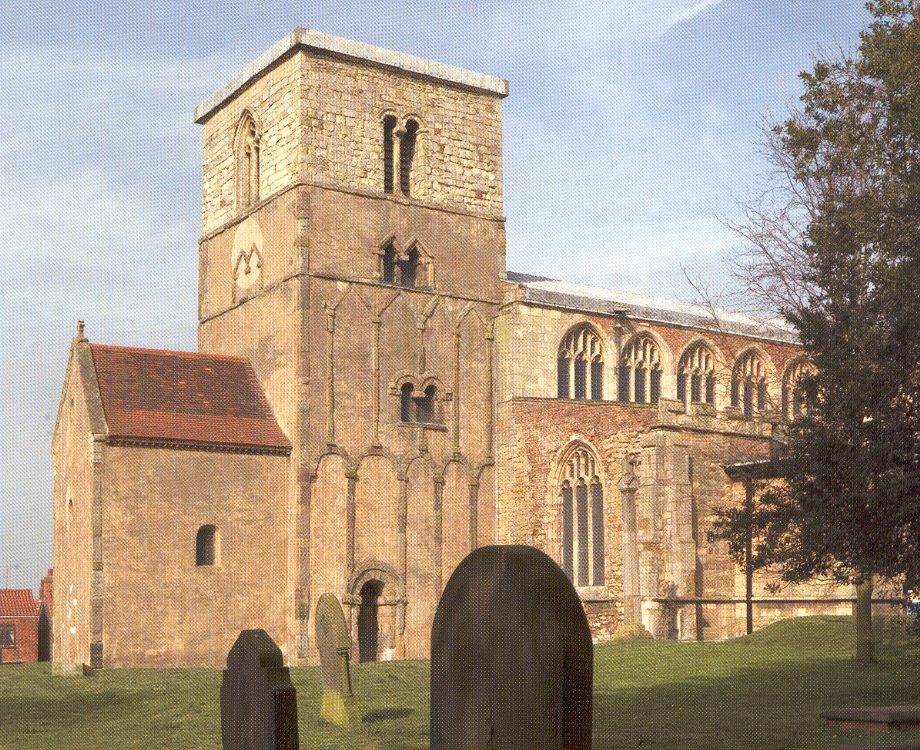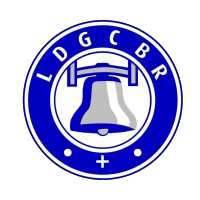St Peter’s Church Barton on Humber
 St Peter’s became redundant in 1972 and an intense programme of archaeological investigation was carried out between 1978 and 1984.
St Peter’s became redundant in 1972 and an intense programme of archaeological investigation was carried out between 1978 and 1984.
St Peter’s is recognised as a classic example of Anglo-Saxon church architecture principally because of the extraordinary tower and baptistry which date from about AD 1000.
The tower contains eight bells and the two trebles were added in 1920 as a memorial to those Bartonians who lost their lives in the First World War.
Two of the existing bells were cast by Henry Oldfield II who was working from between 1590 and 1620. The present sixth bell at the neighbouring church of St Mary’s Barton was also cast by Henry Oldfield II and all three bells were probably cast in a bell-casting pit dating from the late sixteenth century which was found at the base of St Peter’s tower. A medieval bell-casting pit was also excavated in the nave and a report by Warwick Rodwell will be found in Current Archaeology (1989) pp. 116-7.
The church is now in the care of English Heritage and St Peter’s was officially reopened on Thursday 24 May 2007 by Simon Thurley, Chief Executive, after a major conservation, repair and interpretation Tourism Project.
The bells, which were rung at the re-opening by local ringers with help from Lincoln and Stow, were originally rung from an upstairs ringing chamber but are now rung from the ground floor. The ringing floor has been removed and a reconstructed Anglo-Saxon gallery installed.
St Peter’s is open daily, from 1000 to 1700 during the summer months, and will close at 1600 from October to March.
